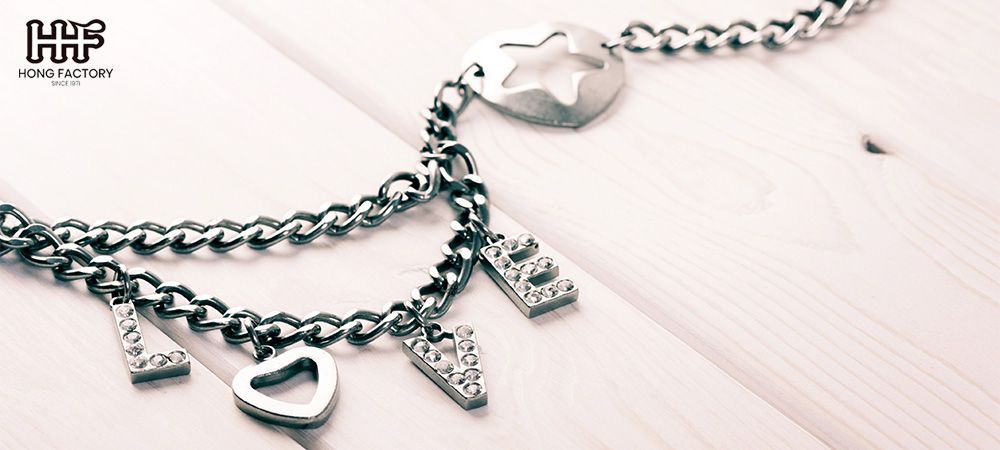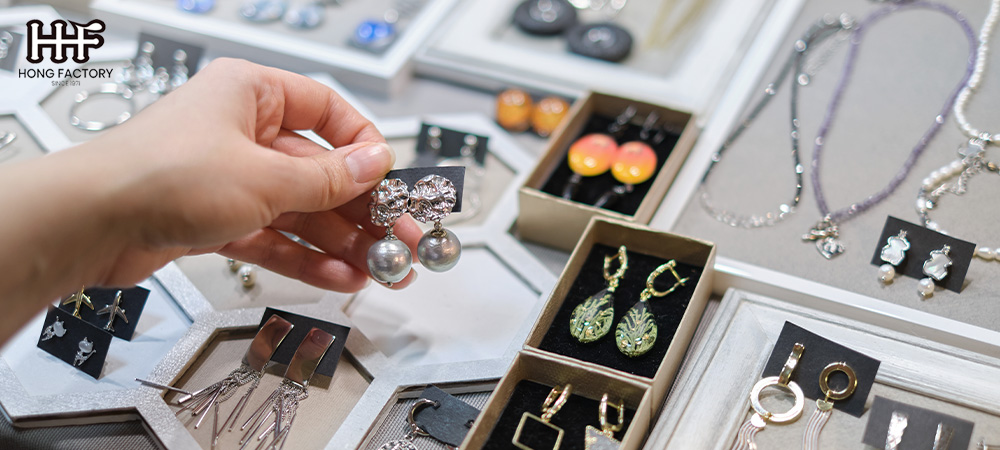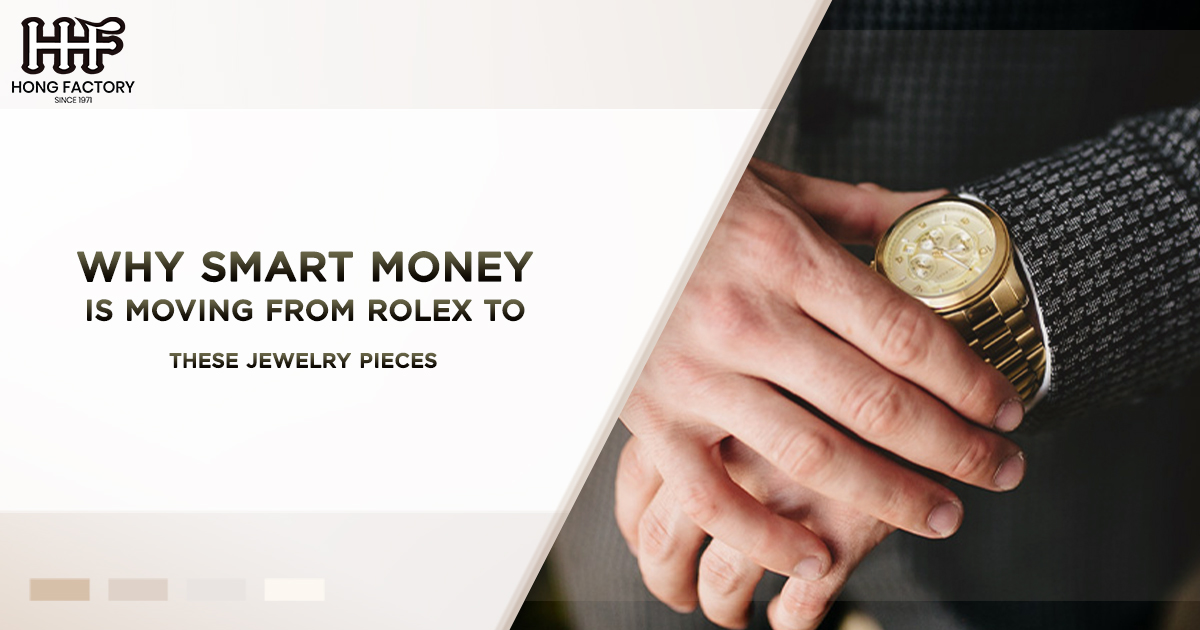In the ever-evolving landscape of luxury investment, discerning investors are constantly on the lookout for opportunities that promise not only prestige but also significant value appreciation. Traditionally, Rolex watches have been a mainstay in the portfolios of luxury investors, celebrated for their timeless appeal and robust market value. However, a notable market shift is now underway, as smart money increasingly pivots toward alternative assets within the luxury sphere—specifically high-end jewelry pieces. This article explores the reasons behind this transition and examines the comparative potential of these luxury investment options.
The Traditional Appeal of Rolex
Timeless Craftsmanship and Brand Prestige
Rolex has long been synonymous with luxury and precision. Its watches are renowned for their exceptional craftsmanship and enduring style, making them a staple in the collections of horology enthusiasts and investors alike. The brand’s reputation for quality and exclusivity ensures that Rolex timepieces maintain strong market demand and liquidity.
Historical Value Appreciation
Rolex watches have historically shown consistent value appreciation. Iconic models such as the Submariner and Daytona have not only retained but increased their value over time, often yielding significant returns for collectors. This track record has cemented Rolex’s status as a reliable luxury investment.

The Emerging Appeal of High-End Jewelry
Rarity and Unique Design
As investors seek diversification and alternative assets, high-end jewelry pieces have emerged as a compelling option. Unlike mass-produced watches, fine jewelry often features unique designs, rare gemstones, and bespoke craftsmanship. These elements contribute to their rarity, enhancing their allure and potential for value appreciation.
Cultural and Historical Significance
Many pieces of high-end jewelry come with a rich cultural and historical background, adding layers of intrigue and value. Jewelry that has been part of royal collections or crafted by renowned artisans can command premium prices at auctions. This historical significance attracts both collectors and investors looking for pieces with a story to tell.
Key Factors Driving the Market Shift
Diversification Benefits
The market shift from Rolex watches to fine jewelry can be partly attributed to the desire for diversification in luxury investment portfolios. Jewelry, with its varied range of materials and designs, offers investors diverse opportunities to balance risk and achieve long-term value appreciation. This diversification is particularly attractive to those who already have substantial investments in luxury watches.
Alternative Assets with Growth Potential
High-end jewelry is increasingly being recognized as an alternative asset class with significant growth potential. Unlike other luxury goods, the value of rare gemstones and precious metals often appreciates independently of economic fluctuations, providing a hedge against volatility. This makes jewelry an appealing option for investors seeking stable, long-term gains.
Increasing Market Demand
The demand for unique and rare jewelry pieces is on the rise, driven by changing consumer preferences and the growing affluence of buyers in emerging markets. This increased demand is contributing to the market shift, as investors capitalize on the opportunity to acquire exclusive pieces with strong potential for future appreciation.
Comparative Analysis : Rolex vs. High-End Jewelry
Liquidity and Market Dynamics
Rolex watches benefit from a well-established secondary market, offering high liquidity and ease of transaction. In contrast, the market for high-end jewelry is more nuanced, often requiring specialized knowledge and platforms to ensure fair transactions. However, as the jewelry market matures and becomes more accessible through digital platforms and reputable auctions, its liquidity is likely to improve.
Risk and Reward
While both Rolex and high-end jewelry present opportunities for value appreciation, the risk profiles differ. Rolex watches, with their established market trends, offer relatively predictable returns. Jewelry, on the other hand, carries greater potential for high returns, particularly when dealing with exceptionally rare or historically significant pieces. This potential, however, accompanies higher risk due to market fluctuations and the need for expertise in appraisals.
Emotional and Aesthetic Value
Both luxury watches and jewelry carry intrinsic emotional and aesthetic value. However, jewelry often embodies a greater sense of personal expression and artistic craftsmanship, appealing to those who value uniqueness and creativity. This emotional connection can enhance the desirability and perceived value of jewelry, making it a compelling choice for investors who prioritize beauty alongside financial returns.

Strategic Considerations for Investors
Knowledge and Expertise
Investing in high-end jewelry requires a keen understanding of market trends, gemstone grading, and historical provenance. Investors are advised to consult with experts, such as gemologists and jewelry historians, to accurately assess the value and authenticity of potential acquisitions. This expertise is crucial to navigating the complexities of the jewelry market.
Long-Term Perspective
As with any luxury investment, a long-term perspective is essential when considering high-end jewelry. Patience is key, as the true value of these pieces often emerges over time, influenced by changing market dynamics and cultural trends. Investors should be prepared to hold onto jewelry investments for extended periods to realize their full potential.
Ethical Considerations
Ethical sourcing and sustainability are becoming increasingly important in the luxury market. Investors should ensure that their jewelry acquisitions are ethically sourced and comply with environmental standards. This consideration not only aligns with modern values but can also enhance the long-term value and desirability of the pieces.
Conclusion : The Evolving Landscape of Luxury Investments
The move from Rolex to high-end jewelry represents a strategic market shift driven by the quest for diversification, rarity, and unique value propositions in luxury investments. While Rolex watches continue to hold their allure as reliable assets, high-end jewelry offers a dynamic alternative for those seeking to explore new frontiers in the luxury sector.
For investors, understanding the intricacies and potential of both markets is crucial to making informed decisions. As the luxury landscape continues to evolve, the smart money is not just following traditional paths but is also paving new ones, unlocking opportunities in the vibrant and varied world of high-end jewelry. Whether for personal enjoyment or financial gain, these pieces represent not only investments in beauty but also enduring legacies in the art of luxury collection.
